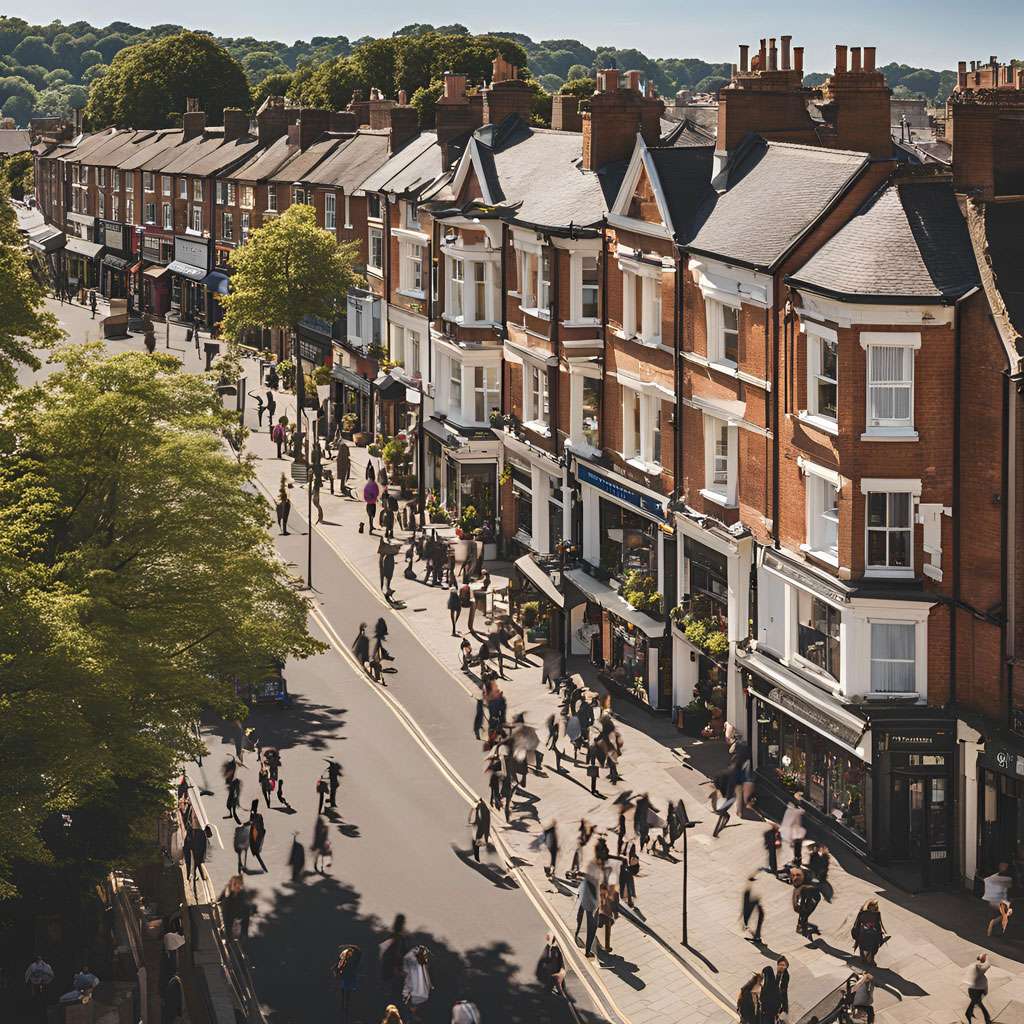What is 3d rendering images?
3D rendering images are visual representations created by converting a three-dimensional (3D) model into a two-dimensional (2D) image using computer software. These images are generated through the process of 3D rendering, which involves simulating how light interacts with the 3D model to produce realistic or stylized visual outputs. At Luxe3D.co.uk, we specialize in creating high-quality 3D rendering images for a variety of applications, including architectural visualization, product design, CGI, and video walkthroughs.

1. The 3D Rendering Process:
- 3D Modeling: The process begins with creating a detailed 3D model of an object or scene. This model is constructed using 3D modeling software, where the shape, texture, and properties of the object are defined. For example, a 3D model of a building might include detailed architectural features, textures, and materials.
- Texturing and Shading: Once the 3D model is complete, textures and materials are applied to give the model a realistic appearance. This includes defining surface properties such as color, reflectivity, and texture patterns. Shaders are used to simulate how light interacts with the surface of the model.
- Lighting Setup: Proper lighting is crucial for creating realistic 3D rendering images. Lighting setups mimic real-world conditions by placing virtual light sources in the scene. The placement, intensity, and color of the lights influence how shadows, highlights, and reflections appear in the final image.
- Rendering: The rendering process involves generating the 2D image from the 3D model by calculating how light interacts with the model. This step uses rendering software to produce the final image, which can be photorealistic or stylized based on the desired outcome.
- Post-Processing: After rendering, additional editing and enhancements may be applied to the image using post-processing software. This can include color correction, adding special effects, or adjusting details to achieve the final look.
2. Applications of 3D Rendering Images:
- Architectural Visualization: 3D rendering images are extensively used in architectural visualization to present building designs and interior spaces. They help clients and stakeholders visualize how a completed project will look before construction begins.
- Product Design: In product design, 3D rendering images showcase products in a realistic manner, allowing designers to evaluate aesthetics and functionality. These images are used for marketing materials, online catalogs, and design reviews.
- CGI (Computer-Generated Imagery): 3D rendering images are a key component of CGI, used in movies, television, and advertising to create realistic or fantastical visuals. CGI relies on rendering to produce high-quality images and animations.
- Video Walkthroughs: For video walkthroughs, 3D rendering images are used to create smooth and detailed visual tours of spaces or products. These images are integrated into animations to provide an immersive experience for viewers.
- Virtual Reality (VR): In virtual reality, 3D rendering images are essential for creating immersive environments and experiences. VR applications use rendered images to generate realistic 3D worlds that users can explore.
3. Benefits of 3D Rendering Images:
- Realism: 3D rendering images can achieve a high level of realism, accurately depicting textures, lighting, and materials. This helps stakeholders understand how the final product or design will appear in real life.
- Visual Appeal: Rendered images can be visually striking, making them effective for marketing and presentations. They can highlight key features and create engaging visuals that capture the audience’s attention.
- Flexibility: 3D rendering allows for easy modifications to the model, textures, and lighting. This flexibility enables designers to explore different design options and produce multiple variations quickly.
- Cost-Effectiveness: Compared to traditional photography or physical prototypes, 3D rendering images can be more cost-effective. They eliminate the need for expensive photo shoots or prototype fabrication.
- Enhanced Communication: Rendered images facilitate better communication between designers, clients, and stakeholders. They provide a clear and accurate representation of the design or product, reducing misunderstandings and improving decision-making.
**4. Luxe3D’s Approach to 3D Rendering Images:
At Luxe3D.co.uk, we use advanced 3D modeling and rendering techniques to create high-quality 3D rendering images for our clients. Our process involves detailed modeling, realistic texturing, precise lighting setup, and expert rendering to deliver visually stunning images. Whether you need architectural visualizations, product renders, or CGI for media projects, we ensure that our 3D rendering images meet your specifications and exceed your expectations.
In summary, 3D rendering images are visual representations created by converting 3D models into 2D images through the rendering process. They are used across various fields, including architecture, product design, CGI, video walkthroughs, and virtual reality, to provide realistic and engaging visualizations. At Luxe3D.co.uk, we specialize in producing high-quality 3D rendering images that enhance marketing, design, and communication efforts.
